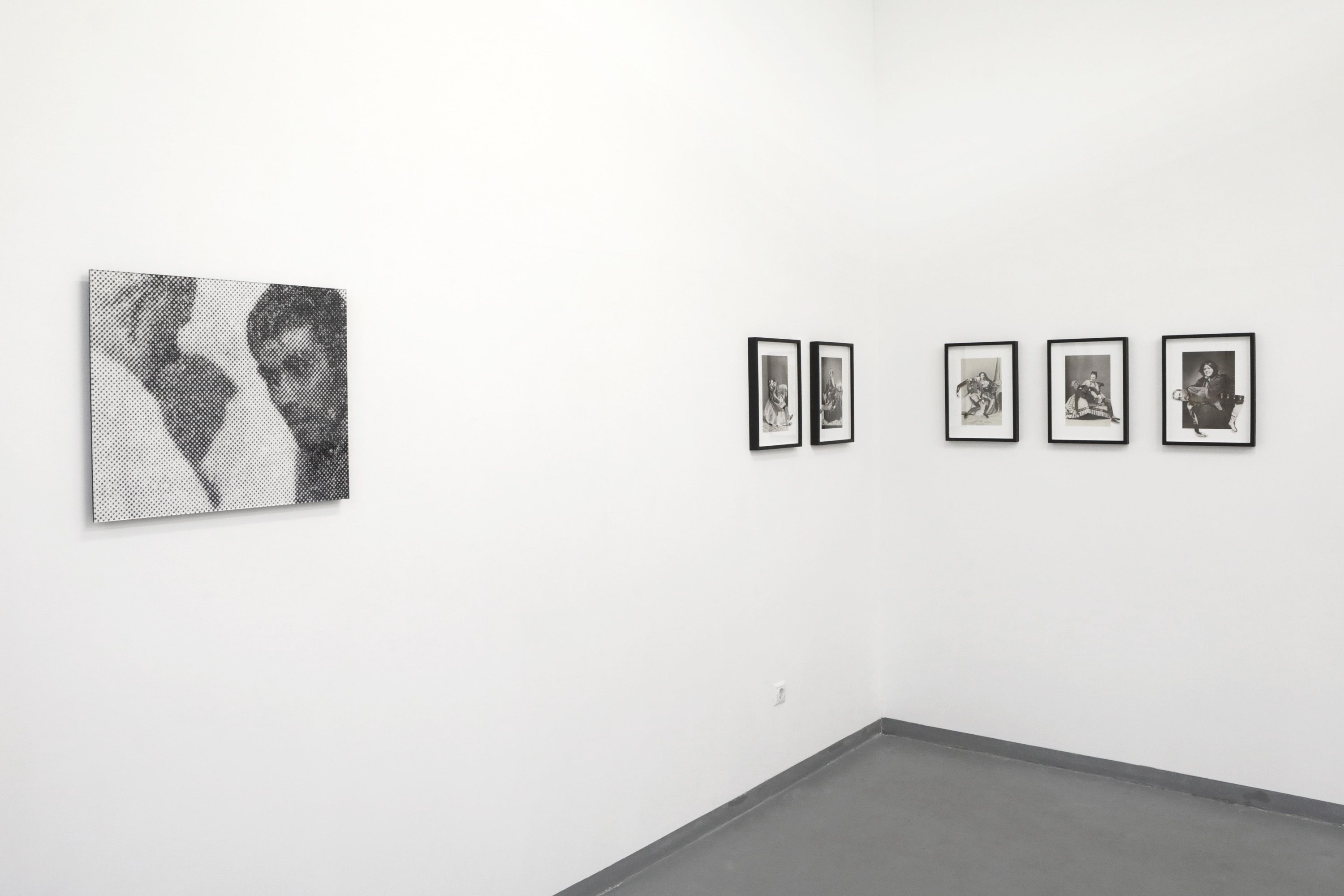Marcell Esterházy
Night Blindness
| Venue: | acb Attachment |
| Date: | Nov 24 2017 – Jan 12, 2018 |
Description
When Marcell Esterházy presented his latest works in the frame of his exhibition Compare (cf.) at the acb Gallery four years ago, it could be interpreted as a closing chapter of his almost decade-long research into family archives as well as his personal strategies of digesting the past. His works exhibited in 2015 at the Capa Center’s exhibition Meaning also bore the technical/thematic marks characterising the focal points of Esterházy’s art practice (such as identification with the life story of family figures, the question of found objects as the carriers of variable meanings, or the appropriation of texts, etc.), with politics having a significant role as well.
By the laws of inertia, Marcell Ersterházy’s new works at the acb Attachment are again engaged with the closest family background on account of the tragic loss of his father. The title, Night Blindness, refers to the eye’s disability to adapt to the darkness that replaces the light of day. This suggests that the works thematise grief, and also that this time a more disoriented, poetic and trembling voice is articulated instead of the analytical-conceptual framework often characterising Esterházy.
Marcell Esterházy uses biblical and art historical references as a voice that is at once open and intimate when collaging male members of the Esterházy family into death poses – evoking works by famous artists in the process. In addition to the T-shirt being a reference to leaving a mark that can be at once ethereal (cf. Shroud of Turin) and grievous (cf. Veronica’s Veil), the Pietà representations evoke the image of the griever as well as the dead. This role may be in the focus of Marcell Esterházy’s video instead of prayer (work in progress), an animation of photographs taken while running at dawn. Tension is created by the repetitive agitation combined with the meditative (prayer-like) function of running, thus conveying a deep sense of the fundamental experience of grief. Representing the blueprints of the artist’s dwellings over the last 40 years, the work Domiciles fixes II. is also built on the binary dynamic between permanence and change.
Being more than a mere visualisation of data, this work bears the fundamental characteristics of Marcell Esterházy’s art: it can be considered a vertical movement through the past, an attempt at visualising and cross-referencing different temporal layers, an act of cherishing memories. Unlike the artist’s usual strategies of identifying himself with the figures of his ancestors through the appropriation of their initials, textual references and found objects, or seeking his own legacy-ridden position by emptying himself, with the gesture of unconditional absorption and re-enactment; the sculpture is a poetic expression of the privacy of introversion. This work brings forty years of time into dialogue with the forty years of untitled (t-shirt), expanding the scale of a human life into yet again biblical proportions with its numerological reference, while playing with the complementary quality of notions such as own-life and father-figure. Based on allusions to the sick (body) and to text (corpus), untitled (books) also operates with this complex referential language: both sculptures are perceivable as delicate tropes of presence and absence.
Presenting an array of clean and compact works, Night Blindness allows insight into Marcell Esterházy’s current art practice. The elemental experience of grief and remembrance renders the latest artistic representations of the artist’s family history and quest for identity mournfully timely, while the fresh experience finds an outlet for representation within the consistent aesthetic universe of the artist’s oeuvre.

